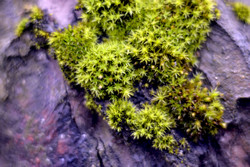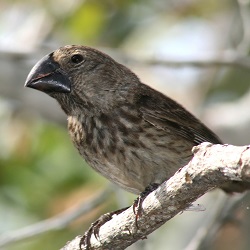Learning about plant origins
Research into plant evolution often focuses on modern flowering plants and crop plants in particular. But understanding how these modern plants evolved to look the way they do requires a deeper investigation of simple plants, like mosses. The EU-funded PLANTORIGINS (Plant developmental biology: Discovering the origins of form) project aimed to figure out how the major tissues and organs of modern plants first evolved. Researchers took two routes to address this question. First, they investigated the microscopic structure of fossilised plants (Rhynia and Asteroxylon). The team compiled a complete life cycle for Rhynia, and found new physiological features of the primitive plant. For Asteroxylon, they looked at the size of leaf pores (stomata) to better understand this ancient species. Second, PLANTORIGINS looked at the genetics of the moss Physcomitrella to find patterns in gene expression that can explain the structure of modern plants. This study focused on a small number of genes, and yielded a wealth of new information about how Physcomitrella genetics control its growth and life cycle. PLANTORIGINS has provided new knowledge that will advance the field of plant evolutionary biology.




